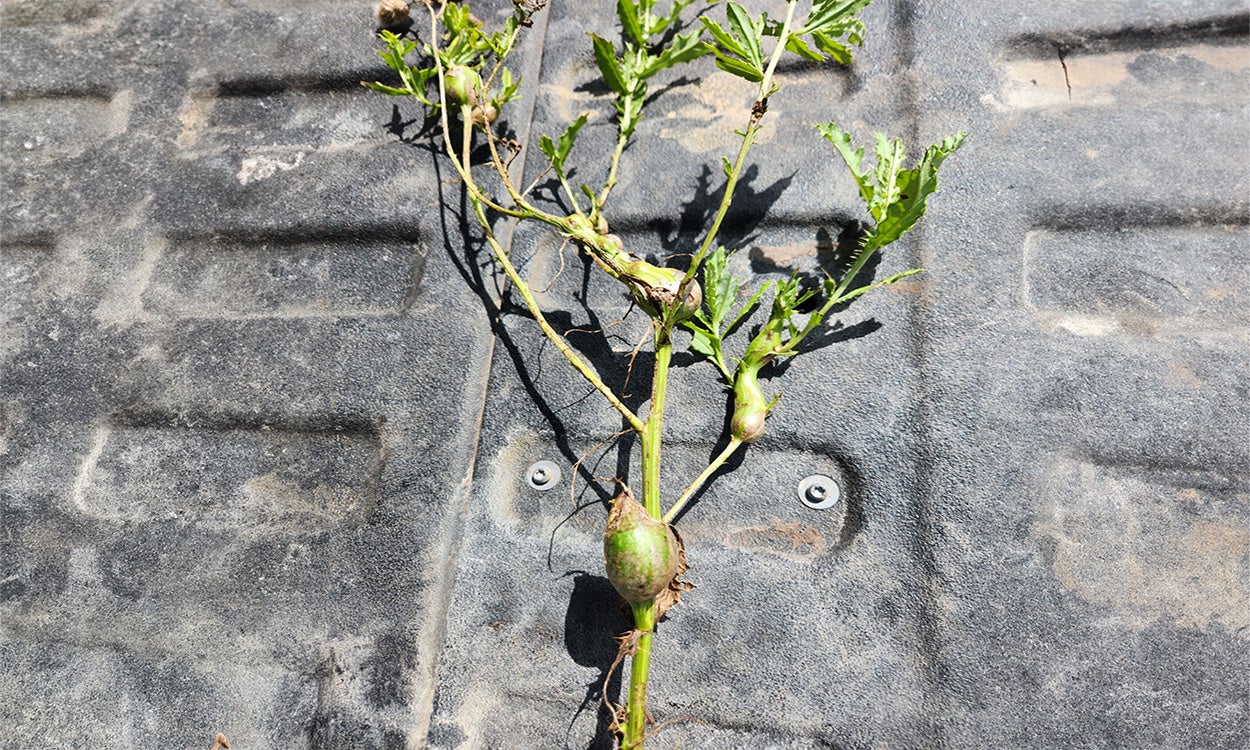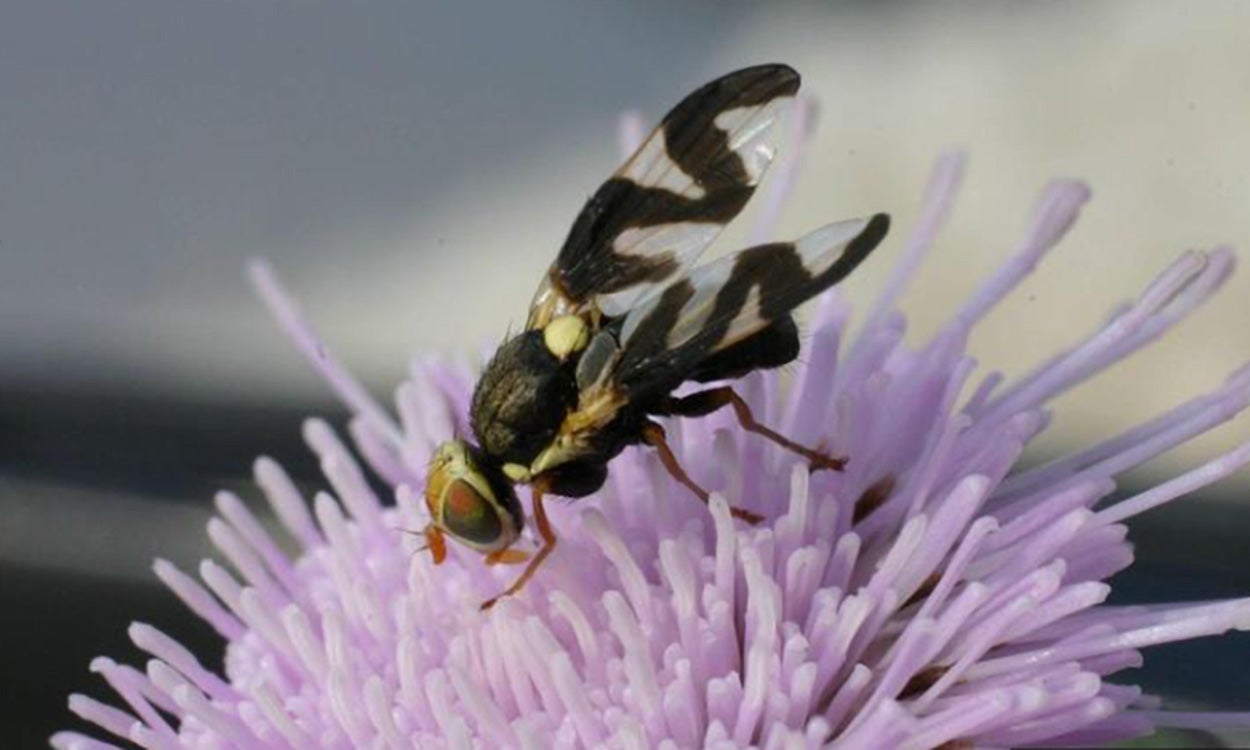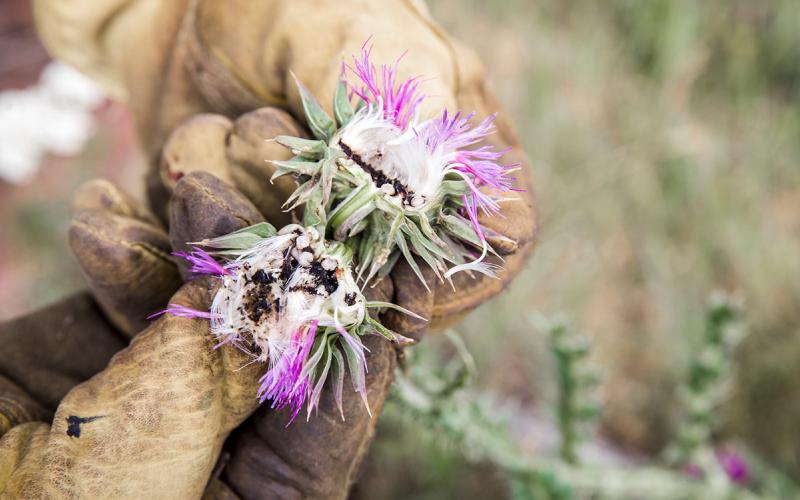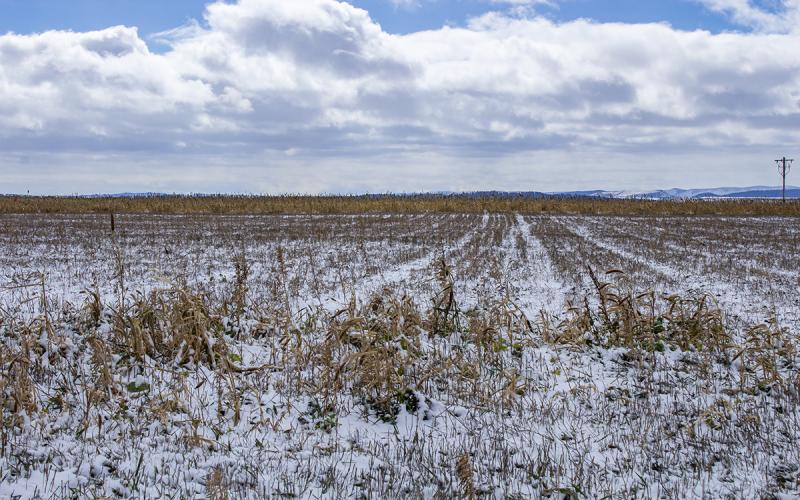Written collaboratively by Eric Jones, Philip Rozeboom, Jill Alms, and David Vos.
A common sight this summer on Canada thistle is odd growths (also known as galls) on stems (Figure 1). These galls are a product of thistle stem gall fly (Urophora cardui) attacking Canada thistle plants (Figure 2). Adult gall flies will lay eggs in the thistle plant in the early summer. The developing larvae cause the plant to develop the wood-like gall. The creation of the gall interrupts normal plant functions and reproduction. The gall diverts nutrients from vegetative growth and can cause malformed seed heads with decreased seed production. The thistle stem gall fly prefers wet environments, which could explain why more galls are present on Canada thistle this year compared to the dry season last year.


Management Implications
Similar to other biological tactics, the thistle stem gall fly will not eradicate thistle, but it will reduce the stand. However, any management tactic that is implemented that reduces vegetative growth before the stem gall fly lays eggs will cause the insect to leave the area to find a suitable oviposition site. While the primary goal of most noxious weed management programs is to cease vegetative growth, the utility of the stem gall fly lies in the fact the insects can travel to infest isolated stands of thistle that are not easily accessible. Coupled with competition from desirable vegetation in these isolated sites, the compound effect of the galls and competition can be more effective than either alone. While the thistle stem gall fly alone will not effectively manage Canda thistle (or other biennial thistles) alone, the objective of integrated weed management is to utilize every tool at your disposal.


